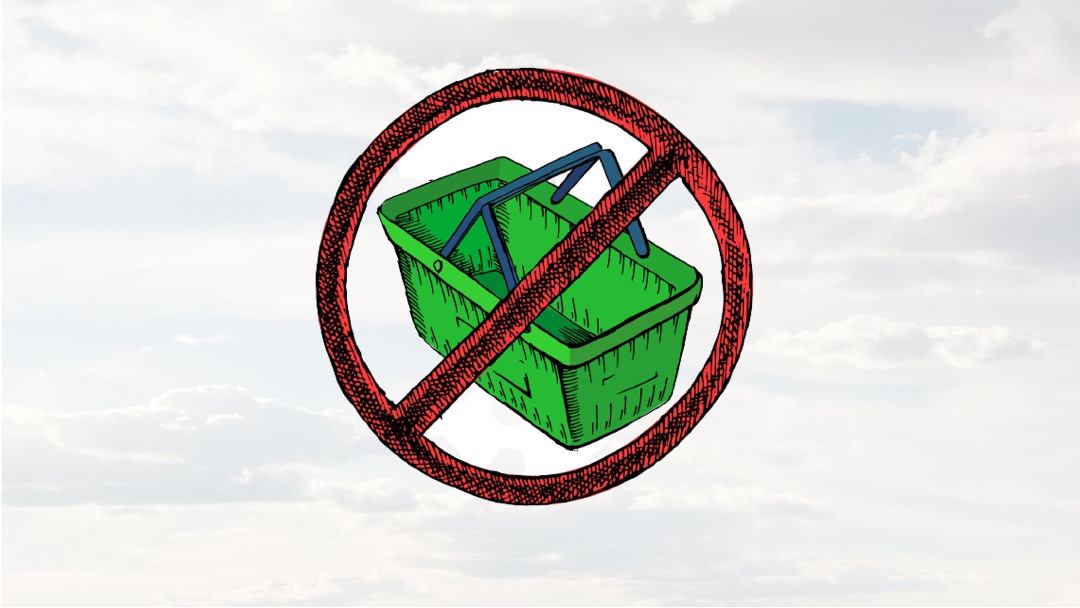Buy Nothing Day: Raising Awareness of Overconsumption
Every year, throughout the month of November, especially on Black Friday, people start looking for merchandise bargains and deals. However, since 1997, Buy Nothing Day has been held on the same day as Black Friday. The rules are simple. Just buy nothing at all for 24 hours. The aim is to make people think more about their spending and to make better decisions about what they buy and where they buy it from.
Today, my little ones’ school is holding an event to raise awareness of Buy Nothing Day. They are collecting donations from their students including toys, school materials, books, winter clothes and similar items they no longer need or use. The principal of the school explained the importance of being mindful about needless spending by bringing unused items to school to donate to charity.
Counteracting consumerism and bringing awareness to the negative environmental, social, and political consequences of over consumption is very necessary, especially during this month. However, I wasn’t quite sure of how to explain the event to my little ones. The idea of donations on this day is a great way to encourage students to be more minimalistic, and not to buy and throw away, but rather re-use what we already own as it would help save our planet. My little ones weren’t too thrilled to give away some of their unused toys or clothes that they grew out of, but I explained to them that there are others who have absolutely nothing. The discussion I had with my little ones got me thinking about the importance of instilling a sense of financial responsibility.
Furthermore, according to research from the Consumer Financial Protection Bureau, by the age of five, children are developmentally capable of money saving. Parental guidance on saving, budging and spending, can create habits that allows them to effectively manage their finances during adulthood.
Additionally, below are a few ideas on how to guide your little one’s financial development.
Setting a Good Example:
When discussing the necessity of being frugal, be sure to be mindful of you and your spouse’s spending as to not create conflict within a child’s mind. Avoid spending money on cars, electronics, or clothes on a whim. Explain good spending decisions, including the difference between need and want.
Turning a “No” to a Future “Yes”:
When your little one is eager to purchase a frivolous a high-priced item, you can explain to them how you can use the unspent money, to pay for a future summer vacation at the beach. This will allow them to realize how unnecessary the item really is when compared to a fun vacation.
Take a Trip to the Bank:
Take your little one along to the bank and open a savings account for them. They can deposit their monthly allowance into their account. Delayed gratification can be a difficult concept, but the benefits of accumulating unspent cash will one day be worth it.
Make Them Work:
If your little one occasionally wants to purchase a non-essential item, teach them that reward must be earned through hard work. They may earn extra money by helping around the house. Chores, such as cleaning up their toys and making their bed, will allow them to identify what they really want, understand the cost, and find a way to earn it.
Include Them on Money Decisions:
A member of the President’s Advisory Council on Financial Capability, and best-selling author, Beth Kobliner, advocates involving your little one in the family’s money decisions. She suggests giving them a small amount of money, in a grocery store, and asking them to choose the best-value fruit.
Discuss Purchase Value:
When discussing purchasing any item, you can raise questions about the necessity of that item and if it can be found at a discount store. Perhaps you can give them the idea of saving that money, intended for that purchase item, to be saved for later on, in order to have more money.
Saving, Spending and Sharing Jars:
Organize three jars and label them “saving,” “spending” and “sharing.” When your little one receives money for their birthday or earns moneys for chores, the money acquired can be divided equally among the three jars. The spending money can be used for smaller items. The sharing money can be donated to charity. The saving money can be used for more expensive items. Similar to any effective exercise, the three jars allow your little one to learn how to save money while giving back too.
Teaching children how to budget and save is essential. It’s up to us as parents to prepare them for future financial responsibility.

